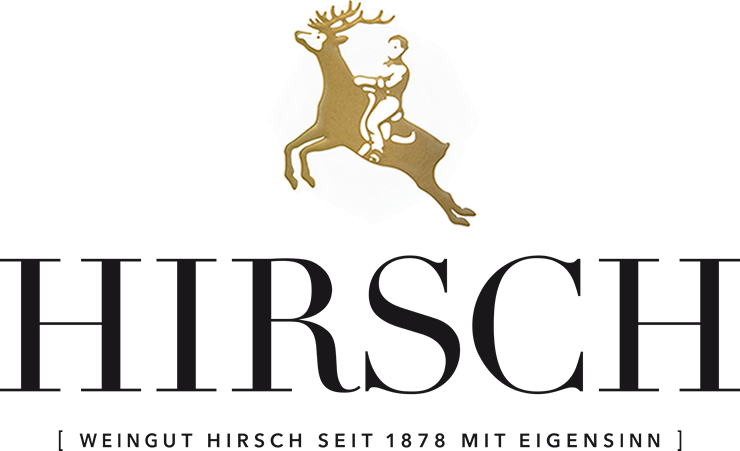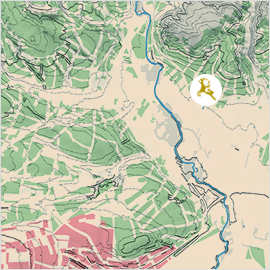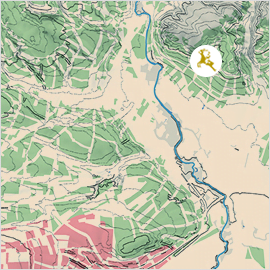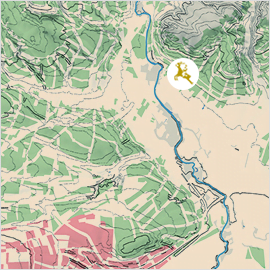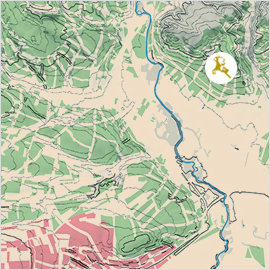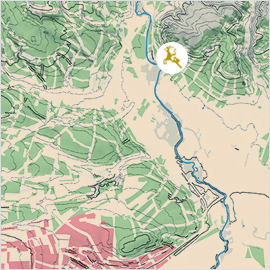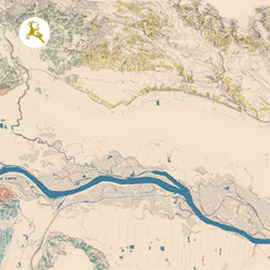Ried Renner 1 ÖTW Kammern
The western slope at the foot of Kammerner Gaisberg, separated by the Hohlweg from Lamm, yields wines that could very well earn the Prädikat ’lightfooted racer‘. The soil is rich in limestone and is composed of loamy-sandy silt that has established itself upon loess, mixed with alluvial material from crystalline rock and mica schist. The wine fairly radiates a cheerful sense of lightness, with aromas of apricot and meadow blossoms – a fine partner for summery vegetable dishes or a light cold supper.
